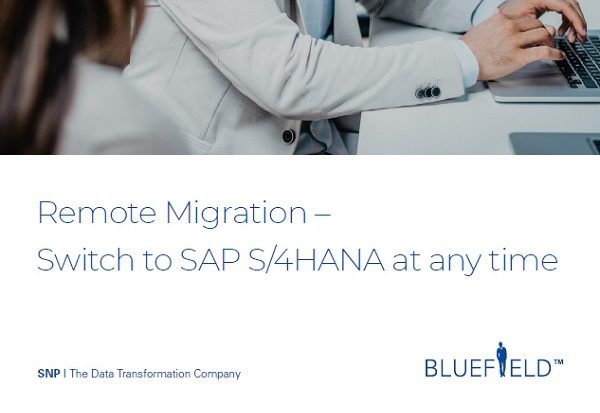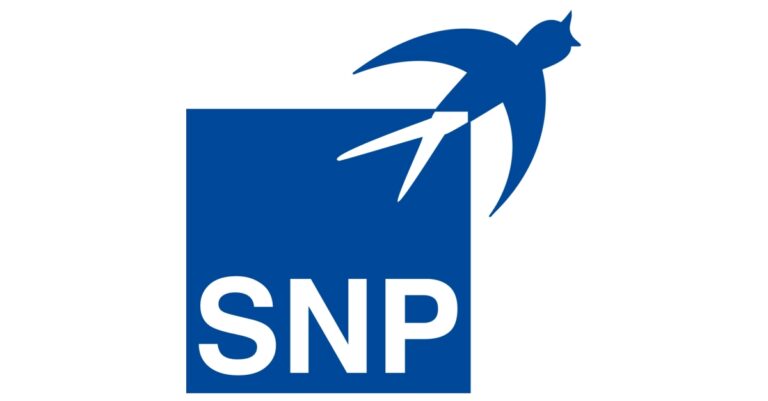55,000 companies worldwide have to switch to SAP S/4HANA – for most of them the migration is an enormous step. But how complex is the project really and what aspects should be considered during the migration? In this white paper you will learn more about the fourth product generation of SAP enterprise software and the groundbreaking migration process.
WHY DO COMPANIES NEED TO MIGRATE TO SAP S/4HANA?
With the new real-time ERP solution, SAP is responding to current and future digital market demands imposed on modern companies. The existing software has undergone a fundamental technological change.
As the digital core of the IT architecture, SAP S/4HANA is intended to support the companies that use it in tackling the challenges and opportunities of the digital age flexibly, quickly and well-informed. Further, business processes can be illustrated in a lean and secure manner. SAP S/4HANA is therefore more than just a successor to the older SAP enterprise software, which is why migration is far more complex than a pure software upgrade. Companies are faced with a comprehensive transformation that holds great potential for innovation and optimization.
WHAT IS THE ADDED VALUE OF SWITCHING?
Companies are preparing for the future by switching to the new SAP Business Suite. SAP S/4HANA is one of the most modern ERP systems of our time and provides the technological basis for the digitization of business processes. Real-time analyses, the linking of operational and analytical functions and a considerably lower total storage requirement of the database are just some of the advantages.
The new ERP suite is designed to provide the best possible support for the digital transformation of companies. Complex IT landscapes or manually controlled processes, which are often associated with older ERP applications, are to be overcome in order to make companies future-ready and competitive.


